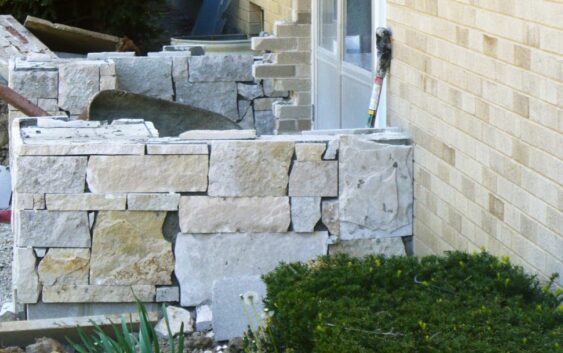Mastering the Art of Stone Installation: A Comprehensive Guide

Introduction: Stone installation is an ancient art that has stood the test of time, evolving from the rudimentary structures of our ancestors to the awe-inspiring architectural marvels of today. The skillful arrangement of brick installation not only serves functional purposes but also adds aesthetic value to a variety of spaces. Whether you’re working on a garden path, a retaining wall, or an interior feature, mastering the art of stone installation requires an understanding of techniques, materials, and a creative touch. In this comprehensive guide, we’ll delve into the key aspects of successful stone installation.
1. Selecting the Right Stones
The foundation of any successful stone installation project lies in the selection of appropriate stones. Factors such as size, shape, color, and texture all play a role in determining the overall look and functionality of the installation. Natural stones like granite, limestone, and sandstone offer durability and a timeless appeal, while manufactured stones provide versatility and consistency in size and shape.
2. Preparing the Site
Before you start installing stones, proper site preparation is crucial. Clear the area of debris, vegetation, and any obstacles that might hinder the installation process. Level the ground and create a sturdy base using crushed stone or gravel. This ensures proper drainage and prevents settling over time.
3. Choosing the Right Technique
There are several techniques for stone installation, each with its own benefits and applications:
a. Dry Stack: This method involves arranging stones without the use of mortar, relying on the precise fitting of stones for stability. Dry stack installations are popular for garden walls, fireplaces, and certain interior features.
b. Mortared: Mortared installations involve using a mortar mix to secure stones in place. This technique is often used for load-bearing walls, retaining walls, and areas exposed to harsh weather conditions.
c. Pavers: Paver stones are laid on a sand or gravel base, creating a durable and flexible surface for driveways, patios, and walkways. Interlocking pavers provide stability while allowing for expansion and contraction.
4. Mortar Mixing and Application
If you’re using mortared techniques, mastering the art of mortar mixing and application is essential. Choose the right mortar mix for your project, and follow the manufacturer’s instructions for mixing ratios. Apply mortar to both the back of the stone and the surface it will adhere to, creating a strong bond.
5. Precision and Alignment
Achieving precise alignment is crucial for a professional-looking brick installation. Use a level and string lines to ensure stones are laid straight and even. Take the time to make adjustments during the installation process to avoid crooked lines and uneven surfaces.
6. Grouting and Finishing
For mortared installations, proper grouting is the final step. Use a pointing trowel to fill the gaps between stones with mortar, smoothing the surface for a clean and cohesive appearance. Brush away any excess mortar before it dries to prevent staining.
7. Maintenance and Longevity
To ensure the longevity of your stone installation, regular maintenance is essential. Clean the surface of your stones periodically to prevent the buildup of dirt and debris. Sealing natural stones can provide added protection against staining and weathering.
Conclusion
Mastering the art of stone installation requires a combination of technical skill, creativity, and attention to detail. Whether you’re enhancing your outdoor landscape or adding a touch of elegance to your interiors, the right stones, techniques, and meticulous execution can transform your vision into a stunning reality. By following the steps outlined in this comprehensive guide, you’ll be well on your way to becoming a brick installation aficionado, capable of creating enduring and captivating structures that stand as a testament to your craftsmanship.
